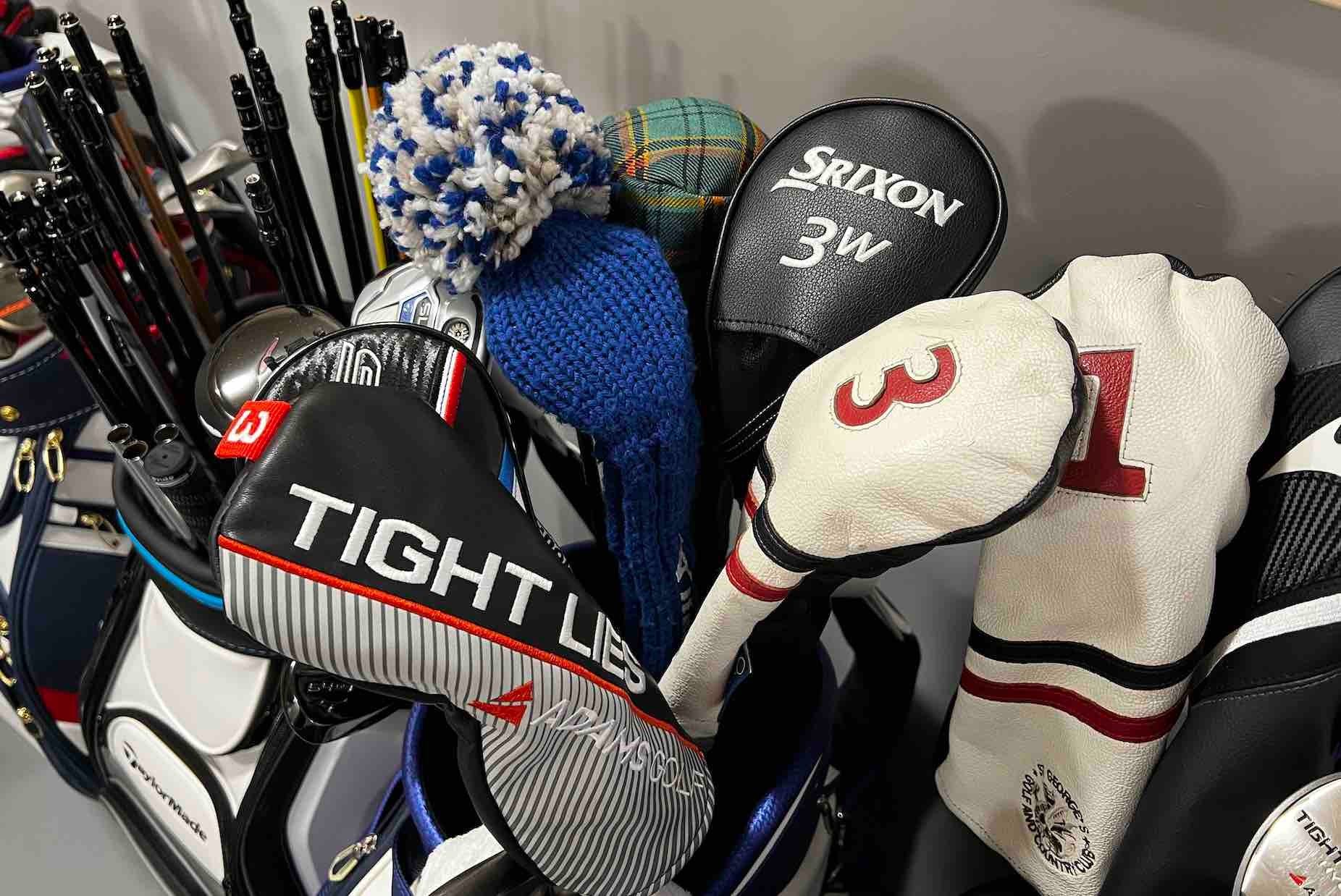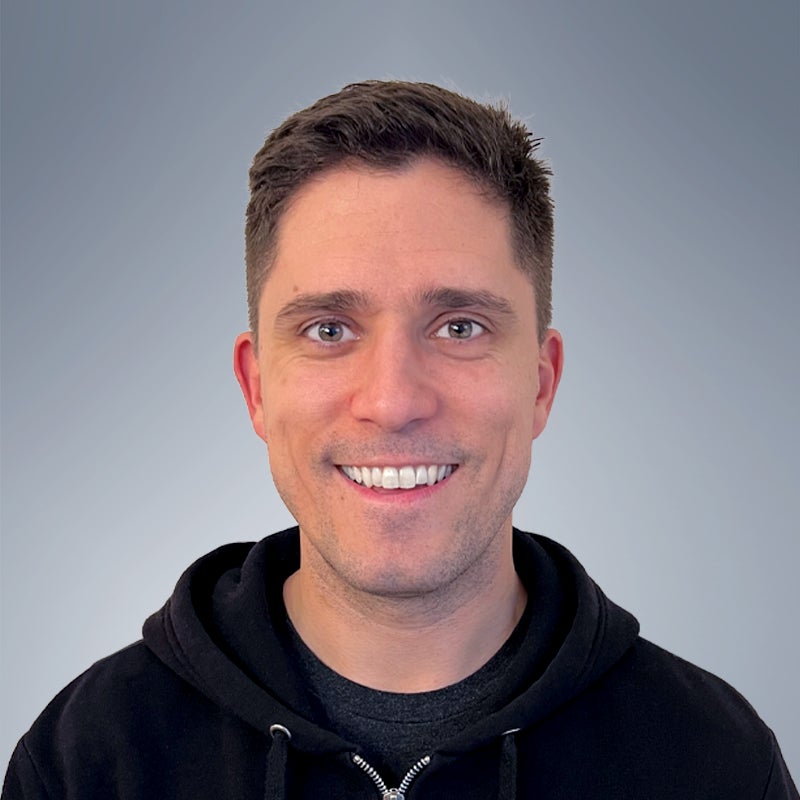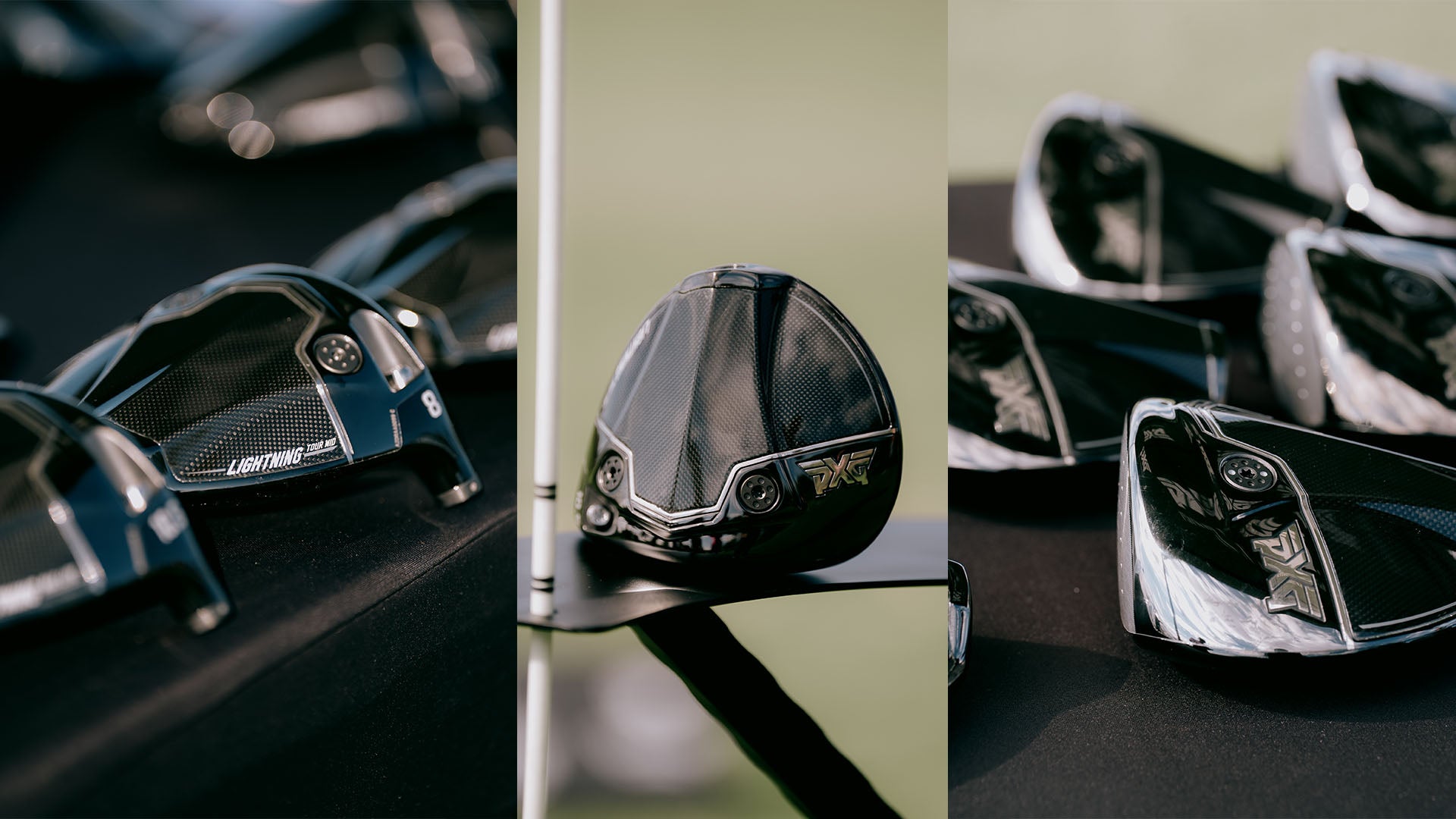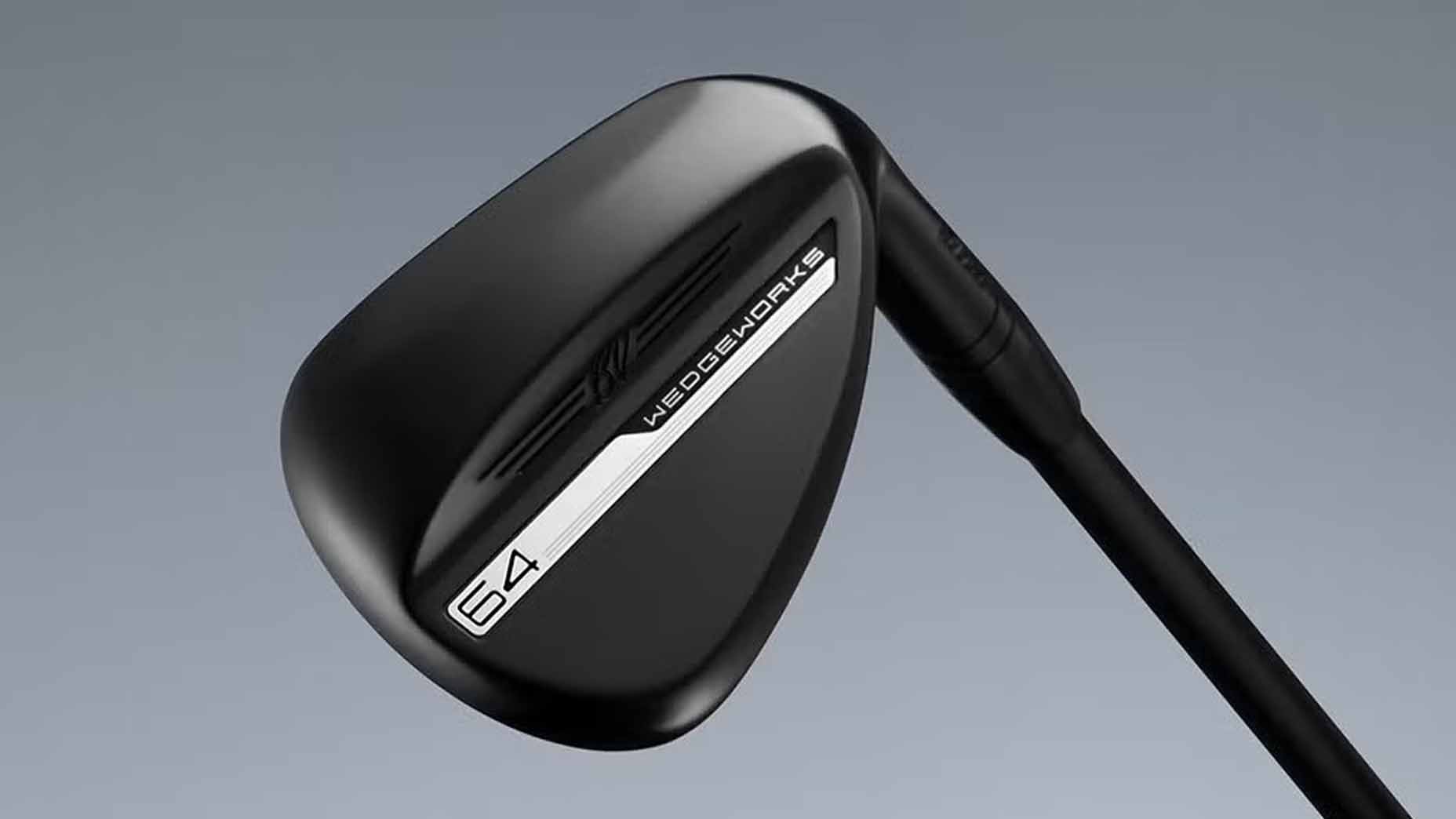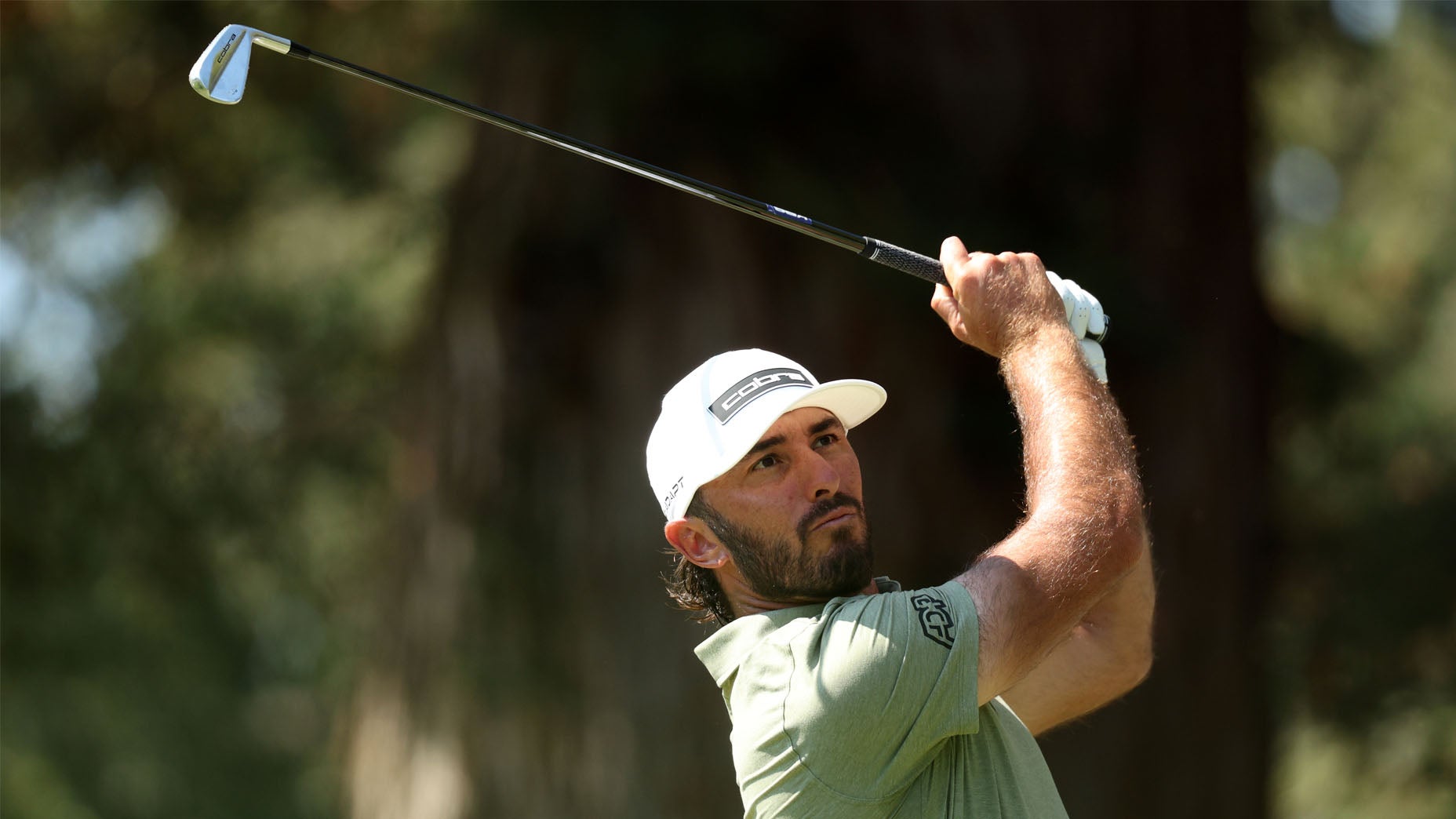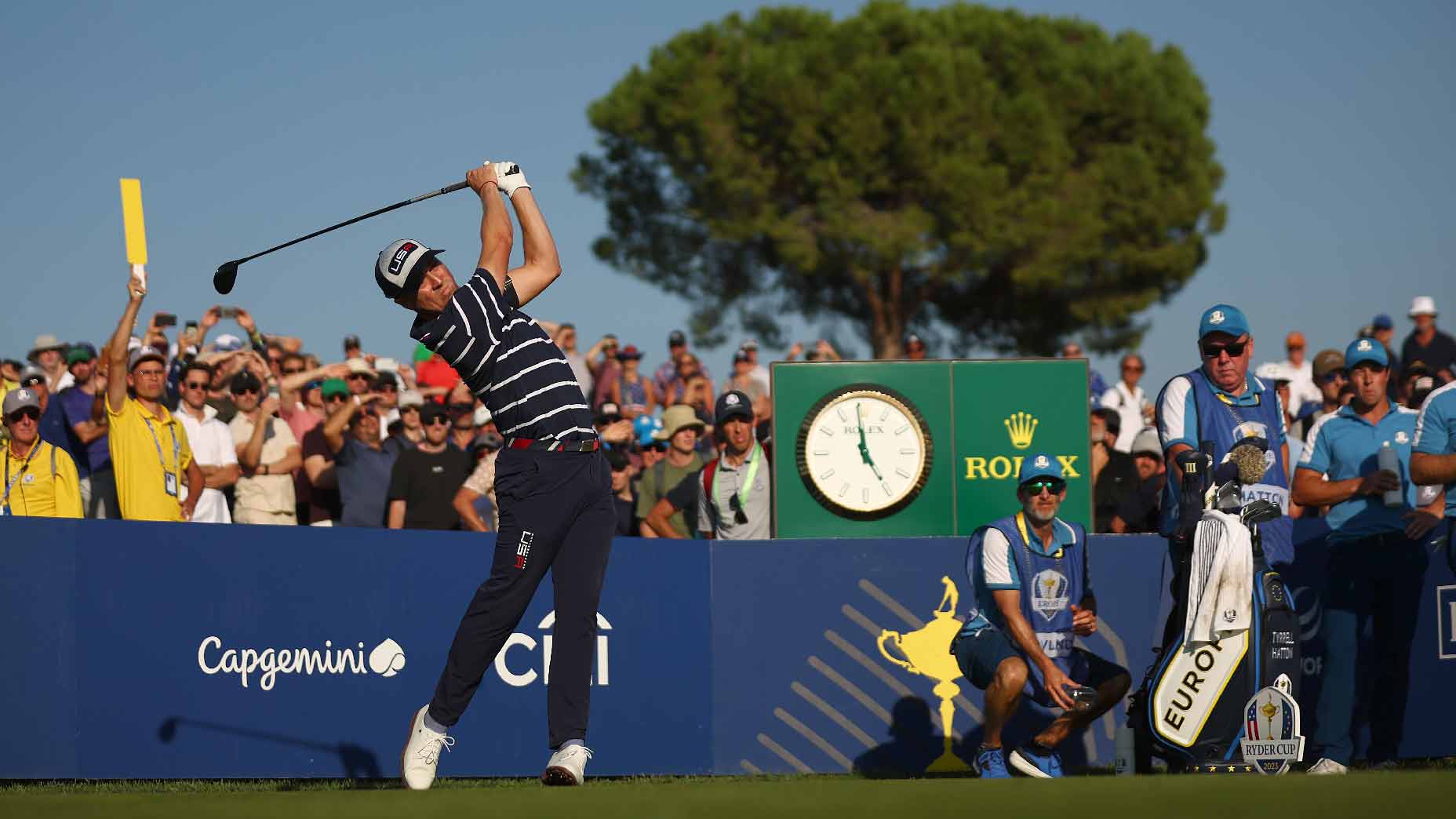There is a good chance your 3-wood is doing more harm than good for your golf game, and I’m here to help explain why.
The 3-wood is a unique specialty club in most golfers’ bags because it has to offer distance of the tee, but also be functional enough to hit a long shot high into the air off the fairway. It’s generally not overly difficult to find a 3-wood that does one of these two jobs well but to find one that does both can be an extremely difficult challenge.
Why is a 3-wood hard to hit?
The less loft a club has the harder it is to get into the air with enough spin to maintain carry distance. For every Bryson DeChambeau using a 10.5° 3-wood, there are hundreds of other golfers that can’t get their 15° fairway to carry more than 200 yards. Club head speed creates launch and spin aka – lift, and the same modern golf ball that makes drivers easier to hit is the same one that makes 3-woods more difficult, especially from the fairway.
Another factor beyond loft is 3-wood length has increased from 42.5″ up to 43.5″ in some cases, and hitting a low lofted club at that length is extremely difficult… even pros struggle sometimes.
Stay dry out there today. 🌧
— PGA TOUR (@PGATOUR) February 13, 2021
There are no breakfast balls on the PGA TOUR. pic.twitter.com/ARuLuiJfEr
Change loft – change expectations
Just because a 15° 3-wood has less loft than a 5-wood (18°) or 7-wood (21°) doesn’t mean it’s automatically going to go farther. Distance is created by optimizing launch and spin the same way a driver or a set of irons is fit, and when it comes to loft there is a point of diminishing return for any club in the bag. It’s the reason a lot of golfers find that they hit a 4-iron the same distance as a 5-iron and make the transition to hybrids instead.
“Just like with driver fitting, there is an optimal loft that maximizes distance. The center of gravity location, club mass properties, face shape, and impact location dictate different loft optimization to maximize distance in a 3-wood.
As an example, we have a great player on our engineering team that has 165 ball speed, 10 launch and 3000 spin with a 15 degree 3-wood. This is the perfect launch and spin to optimize his carry distance – given his club speed, angle of attack and impact location.
With those launch conditions, he carries it 282 yards. Both through experimental testing and simulation techniques, if we give him 2 degrees more loft, he loses 4 yards of carry. With 2 degrees less loft (a 13° 3-wood), the resulting 1.7 degree lower launch and 450 rpm lower spin nets a whopping 7 yards decrease in carry distance – even though his ball speed is higher.
There is a sweet spot to loft fitting that maximizes distance, assuming that is the player’s goal in their 3 wood, and this changes for every player. This is the essence of custom fitting.”
— Marty Jertson, VP-Fitting and performance Ping Golf
Forget the name – go with what works!
The best way to find your next 3-wood is to start by eliminating the idea that you need one in the first place — instead, think about that spot in your golf bag as the “next club after your driver”. The golf ball doesn’t care what it’s called, all that matters is if you are creating the right type of dynamics to fit your game and swing speed.
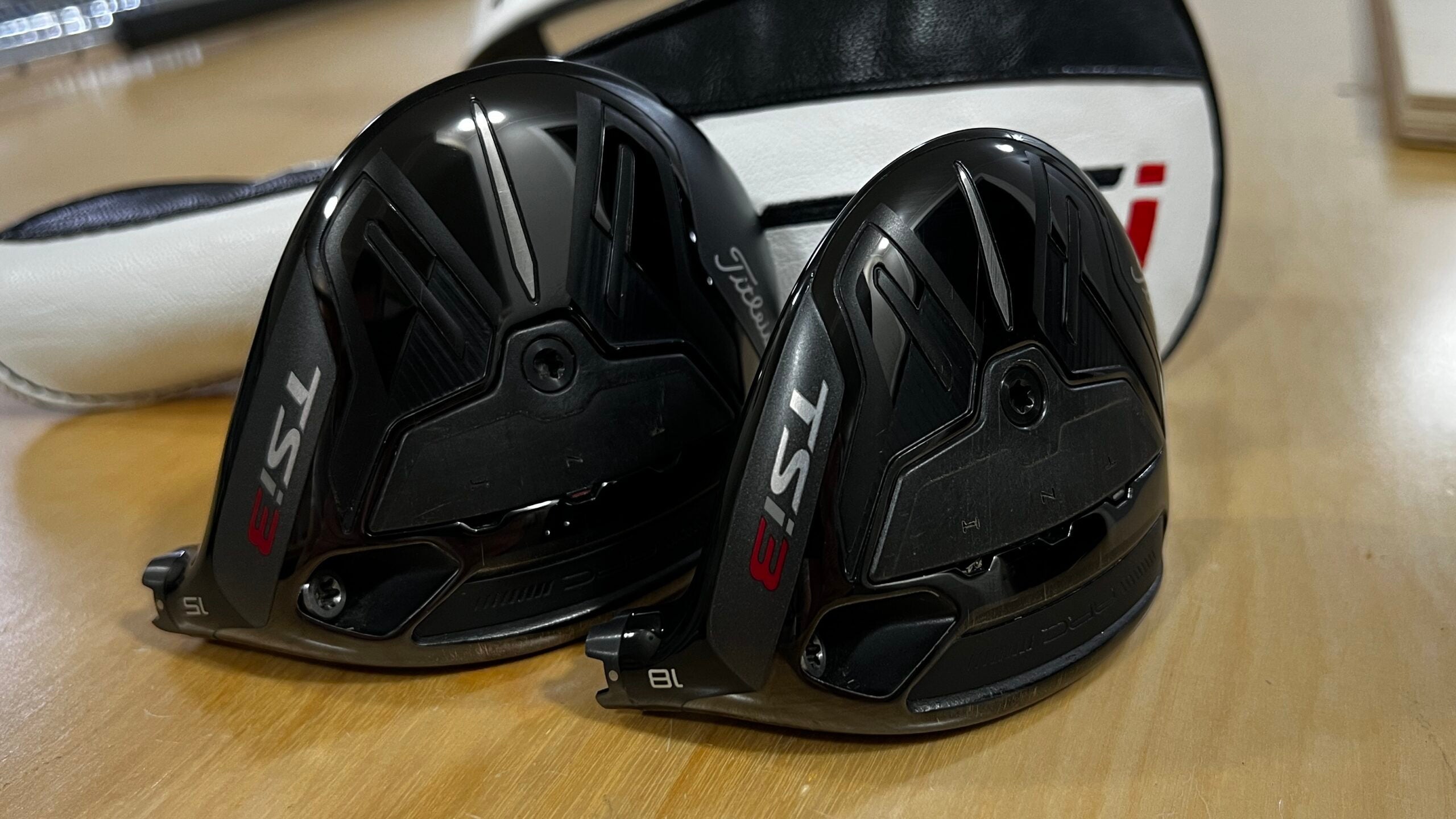
This could mean trying out a 4-wood (a club with 16-17.5° of loft), or even an adjustable loft 5-wood (18-20° of loft) to dial into the ideal launch conditions based on your swing speed. The best part about an adjustable hosel fairway wood is you can adjust the club based on course or weather conditions; firm and fast — lower the loft for more roll, softer conditions on a course with forced carries — loft up for extra carry.
Want to overhaul your bag for 2022? Find a fitting location near you at GOLF’s affiliate company True Spec Golf. For more on the latest gear news and information, check out our latest Fully Equipped podcast below.
